
Held every year, the Driehaus Foundation National Preservation Awards celebrate the best of the best in historic preservation, adaptive reuse, and the re-imagining of historic buildings for the future. Picking projects that demonstrate excellence in execution and a positive impact on the vitality of their towns and cities, the three winning buildings this year range from the reimagining of a former asylum to the adaptive reuse of a historic school to the groundbreaking transformation of a 1.5 million square-foot mixed-use facility.
“Through creative and meticulous restorations that reinvigorate older buildings, elevate the quality of public life, serve contemporary needs in their communities, and educate and encourage others, these projects are outstanding examples of the power and potential of preservation to improve lives,” said Stephanie Meeks, president and CEO of the National Trust.
Take a look at the awarded projects below.
Crosstown Concourse in Memphis, TN; Designed by Looney Ricks Kiss:
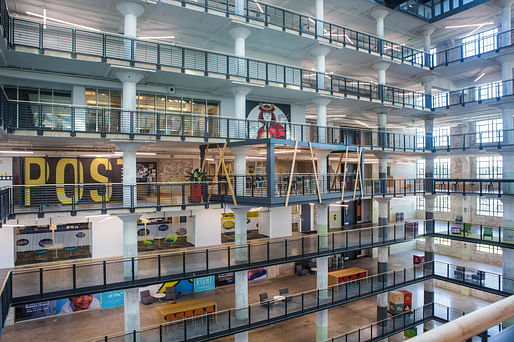
Project description: Though much has changed since the facility opened as a Sears, Roebuck and Company distribution center and retail store less than two miles from downtown Memphis in 1927, Crosstown Concourse is the product of nearly five generations of innovators, dreamers, and builders. Today, having overcome two decades of blight, Crosstown Concourse is the catalyst for the revitalization of not just a distressed and abandoned building, but an entire neighborhood. Initially conceived as a home for a small start-up arts organization, the building has evolved into a 1.5 million square-foot mixed-use “vertical urban village.” Designed by Looney Ricks Kiss in association with DIALOG, the Concourse project is exemplary not just for its remarkable size, but for the many ways it puts community first: in meeting the needs of its residents; in the extent of its grassroots involvement; in the educational and cultural opportunities it provides; and in the residential and commercial developments that are reinvigorating the community.
Richard Olmstead Campus in Buffalo, NY; Overseen by Richardson Corporation:
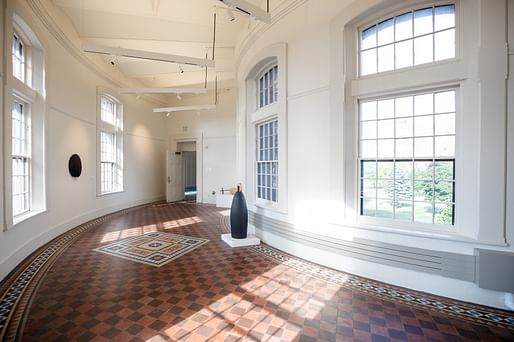
Project description: Reuse of the massive 145-year-old Richardson Olmsted Campus, the former Buffalo State Asylum and widely considered to be one of Buffalo’s most important and beautiful buildings, is the story of a threatened National Historic Landmark, the community effort to save it, a public-private partnership, skilled planning and design, and, ultimately, of success and rebirth. The transformation of the campus, a masterpiece of design by architect Henry Hobson Richardson and landscape architect Frederick Law Olmsted, into a new hotel and architecture center occupying the iconic Towers Building and its two flanking structures is expected to be the crown jewel of a planned, mixed-use civic campus contributing to Buffalo’s architectural heritage. Supported by state funds and historic tax credits, the first phase of historic restoration created nearly 600 jobs and generated new sales tax revenues while playing an integral role in the cultural renewal and attraction of the Buffalo-Niagara region.
The Douglass at Page Woodson in Oklahoma City, OK; Designed by Smith Dalia Architects:
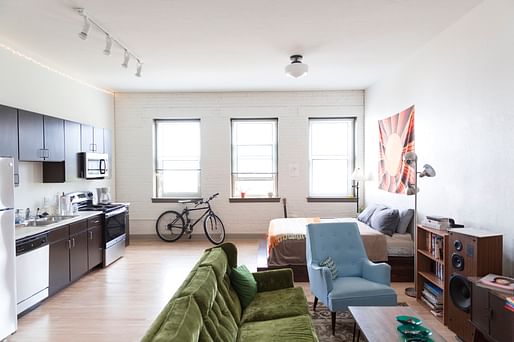
Project description: The restoration and adaptation of Page Woodson School into affordable apartments marks a vibrant cultural renewal in Oklahoma City. In a public-private partnership, the badly decayed 1910 school house—renamed in 1934 for abolitionist Frederick Douglass when it became an all-black high school—underwent extensive restoration and now accommodates 60 affordable apartments and a community auditorium. Developed by Colony Partners and SCG Development and designed by Smith Dalia Architects, the restoration capitalized on the building’s outstanding example of Classical Revival red brick, its rich artisanal ornamentation, and educational themes to give this affordable housing solution a far more distinguished architectural identity than it would otherwise have today. Oklahoma City’s Ambassador's Concert Choir has started planning on how best to connect the community to the historic auditorium, which once hosted such personalities as jazz great Duke Ellington and Supreme Court Justice Thurgood Marshall.
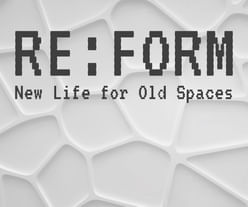
Re:Form – New Life for Old Spaces
Register by Wed, Jan 22, 2025
Submit by Tue, Sep 2, 2025

Kinderspace: Architecture for Children's Development #2
Register by Thu, Jan 16, 2025
Submit by Mon, Jun 16, 2025

Ceramics of Italy Tile Competition
Register/Submit by Fri, Feb 14, 2025
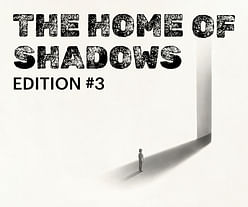
The Home of Shadows / Edition #3
Register by Wed, Jan 29, 2025
Submit by Mon, Mar 3, 2025
No Comments